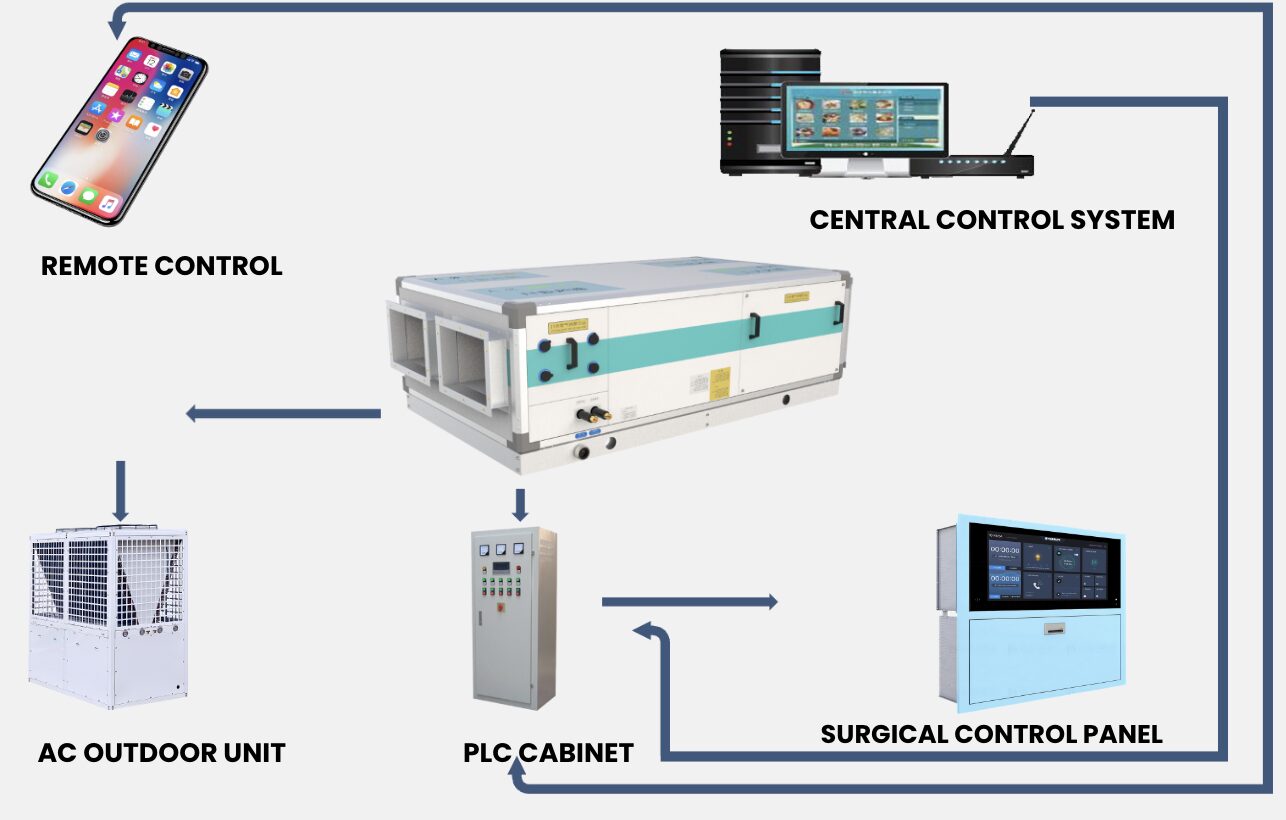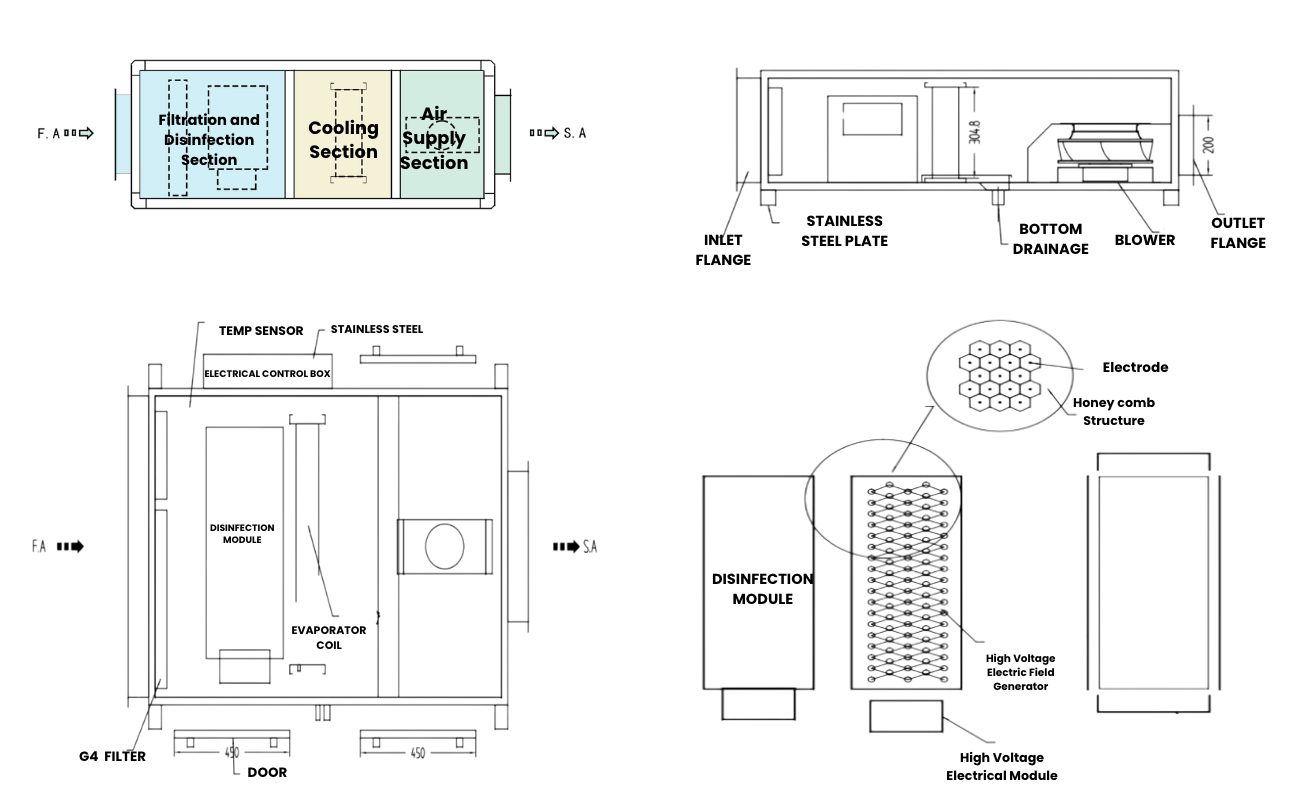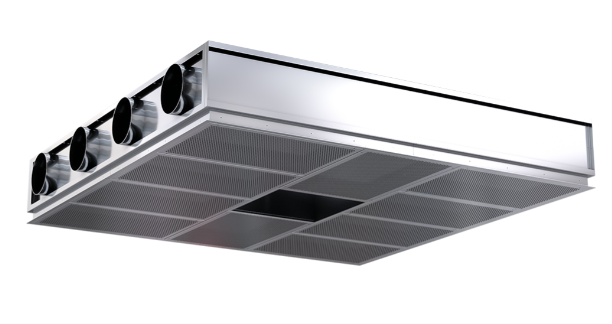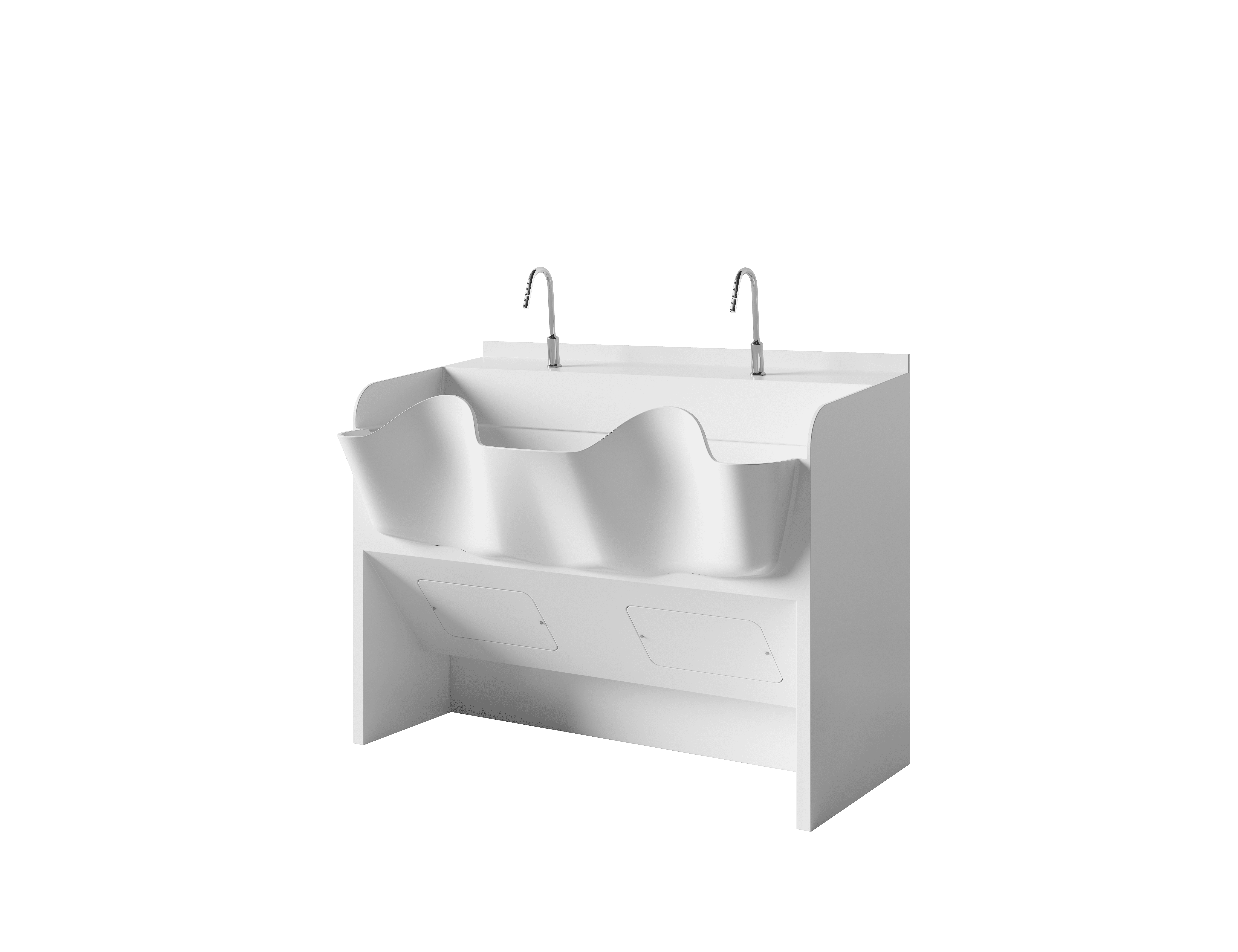Laminar AC & Disinfection Unit
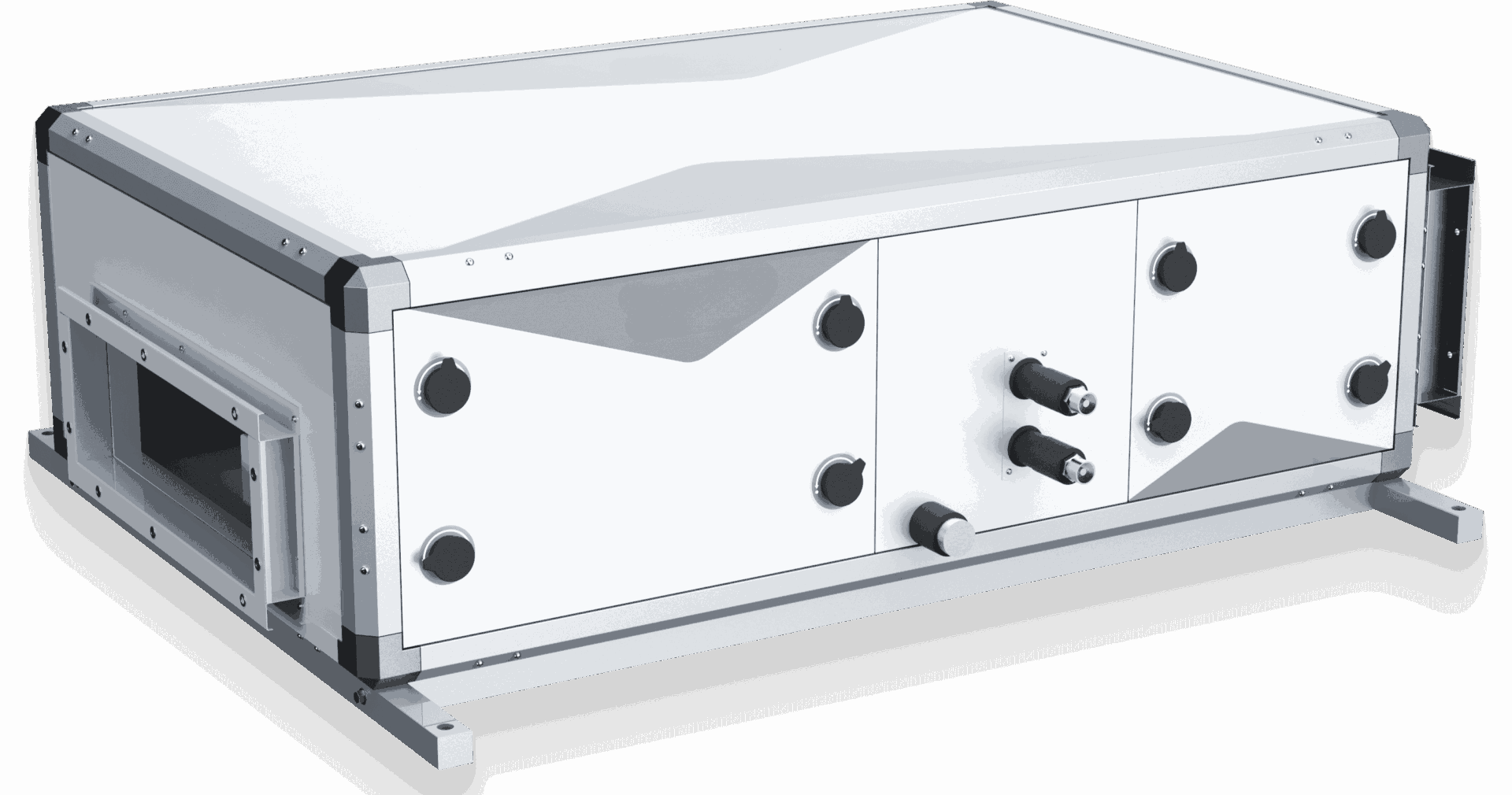
ICARELIFE Laminar Plasma AC disinfection system is the only one in China that complies with both the Ministry of Health’s “Disinfection Technical Specifications” (2002 version) and the GB/T 14929.4-2008 standard for “Modular Air Conditioning Units.”
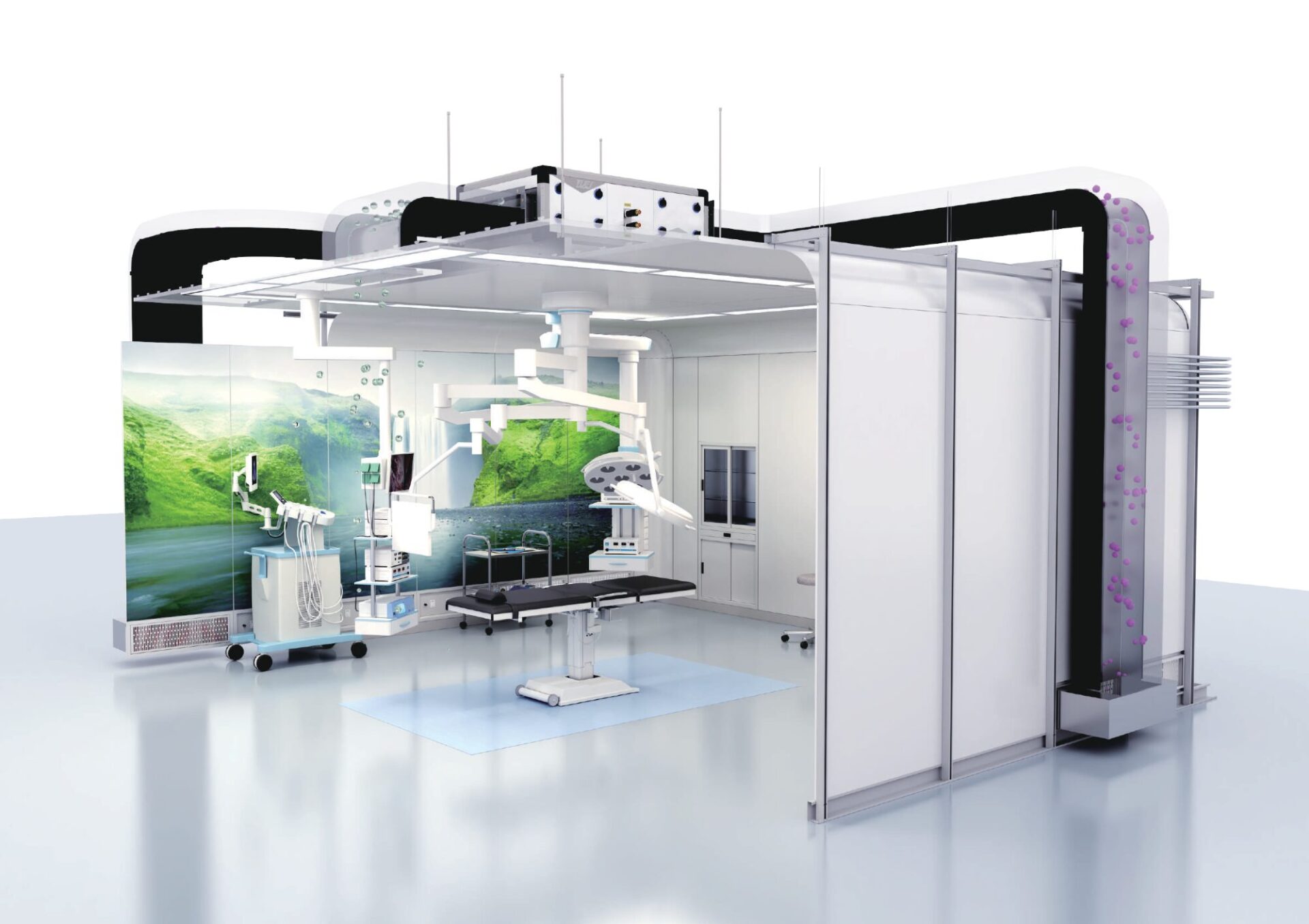
Certificate
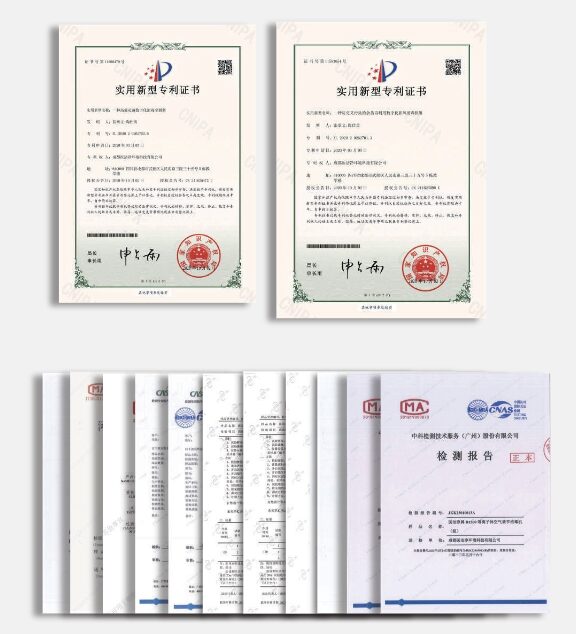
Challenges for industry
Hospital infections significantly impact medical quality and patient safety, with airborne pathogens being a major cause. Current solutions, such as Conventional laminar airflow and disinfection machines, have notable limitations.
Conventional laminar airflows, while effective, incur high installation and maintenance costs, making them difficult for small to medium-sized facilities to manage. Air disinfection machines are more affordable but often lack thorough disinfection and 360° coverage, with varying product quality affecting effectiveness.
Additionally, many disinfection products require regular maintenance, and improper use can lead to secondary air pollution. These challenges hinder effective infection management in hospitals.
High Install Cost
High Maitenance Cost
High Operation Cost
Plasama Disinfection Technology
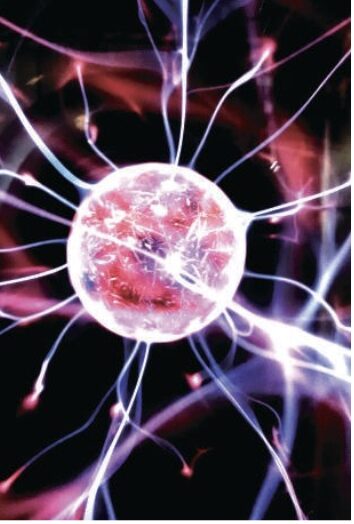
What is plasma
Plasma, also known as electric plasma, is an ionized gas made up of atoms and atomic clusters that have had some of their electrons stripped away. It consists of positive and negative ions and is primarily governed by electromagnetic forces, exhibiting significant collective behavior.
Plasma Disinfection technology
Plasma disinfection uses high-voltage discharges to create ions that penetrate and inactivate harmful pathogens like bacteria and viruses. It offers dynamic disinfection in occupied spaces, effectively eliminating viruses, odors, smoke, dust, and harmful substances, surpassing traditional sterilization methods.

Firstly, the plasma generator’s positive electrode attracts charged bacteria and microorganisms, accumulating positive ions on their cell membranes. Increasing ion concentration and potential difference causes membrane breakdown, disrupting internal electrolytes and killing the bacteria.
Secondly, The plasma generator’s negative electrode produces more negative ions than positive ions, neutralizing with positive ions to disrupt bacterial structures. Negative ions convert oxygen into reactive negative oxygen ions, oxidizing nucleic acids and proteins. They also react with odors like formaldehyde, refreshing the air and boosting human immunity.
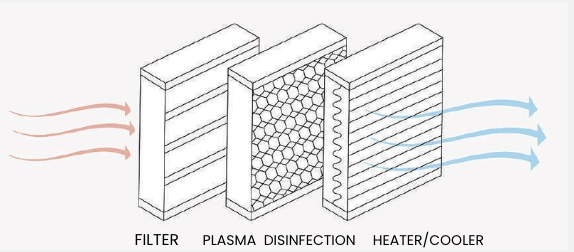
In the medical field, the use of plasma began in the 1980s in the United States. Researchers like Menashi first demonstrated that halogen gas plasma has strong sterilization properties, making it suitable for the rapid disinfection of non-heat-resistant medical instruments. Today, plasma disinfection technology is widely adopted in major medical institutions worldwide, gaining broad recognition in global healthcare practices.
How it works ?
